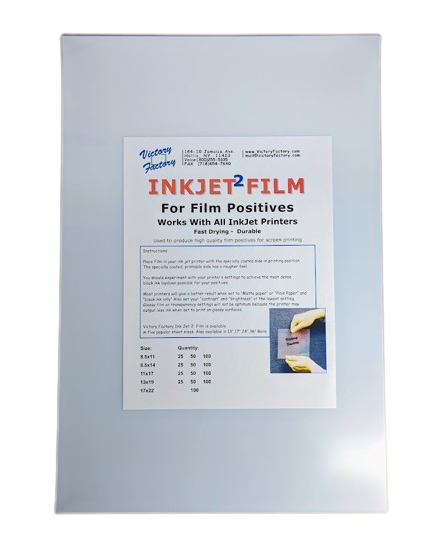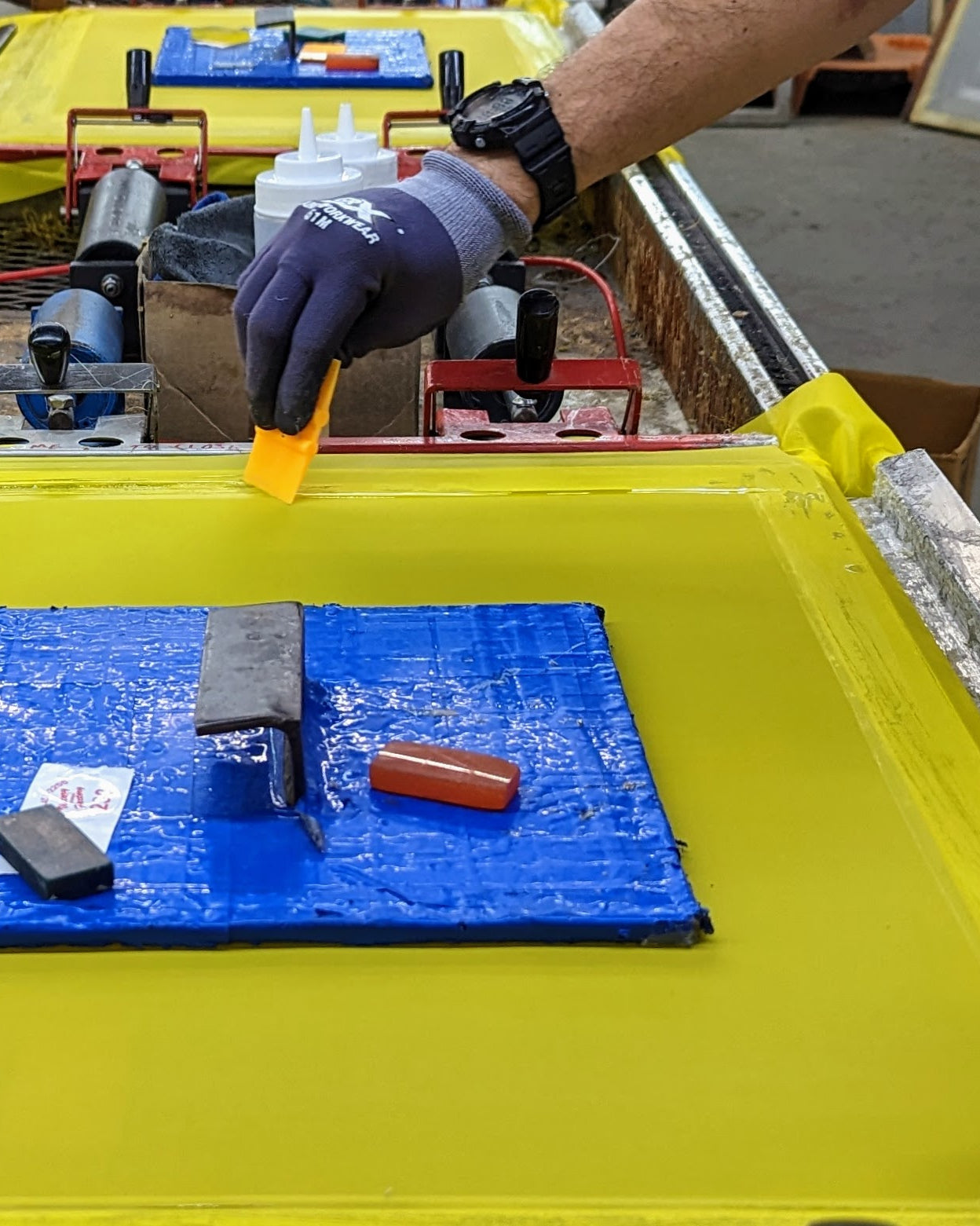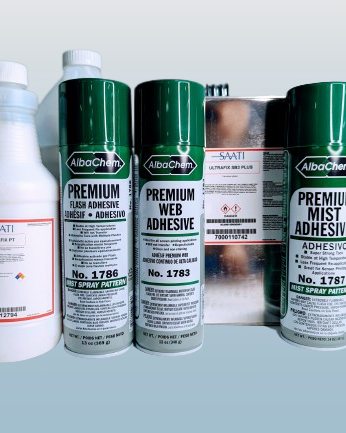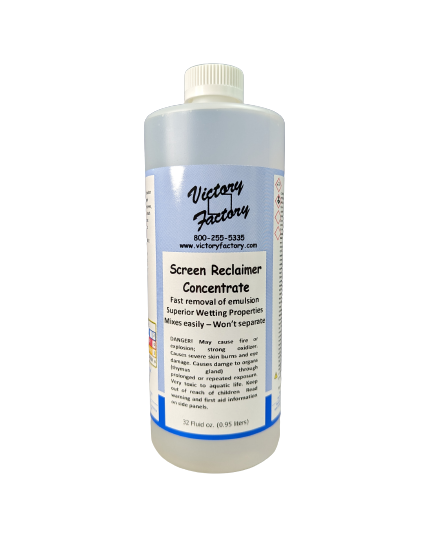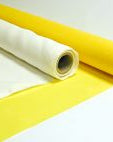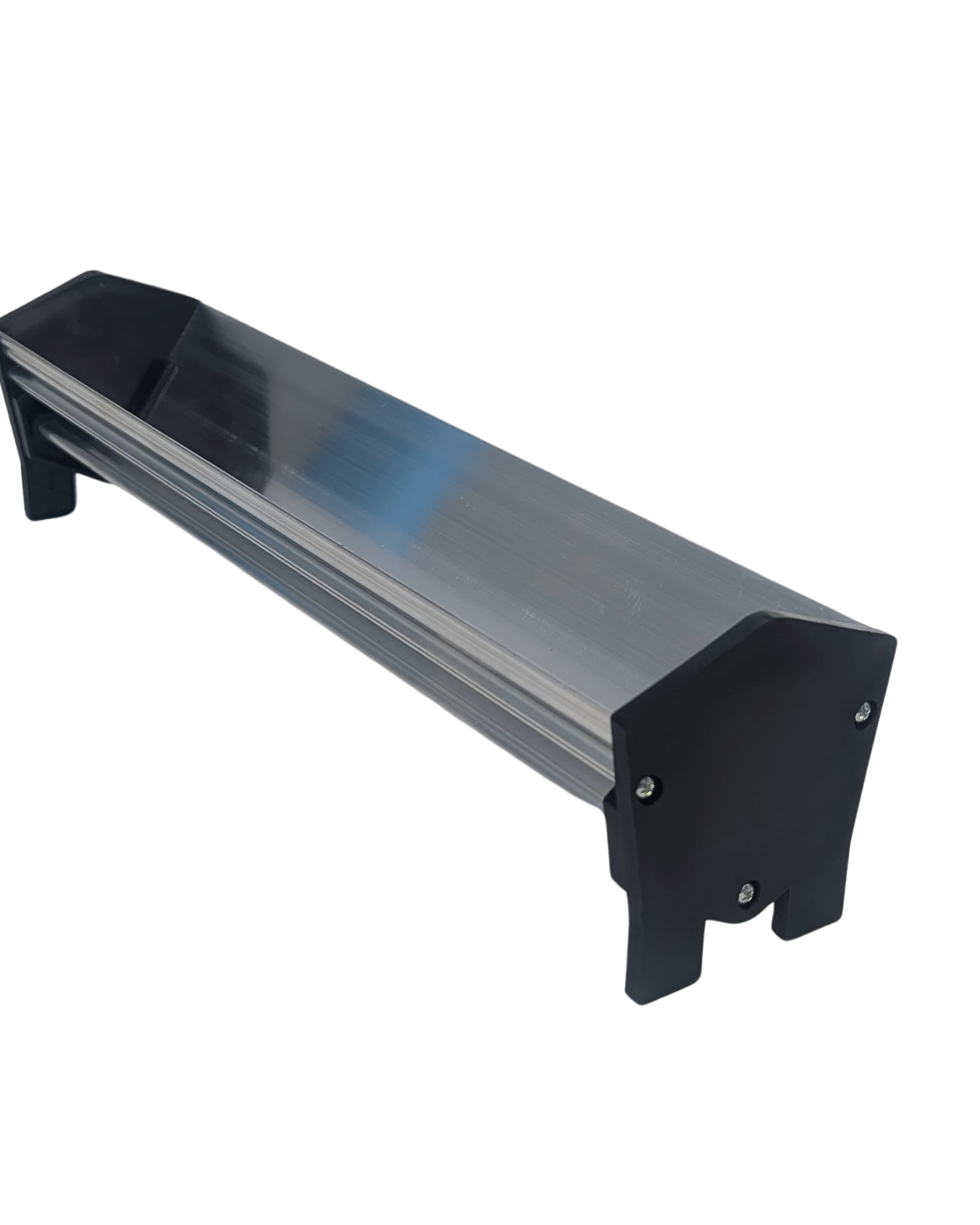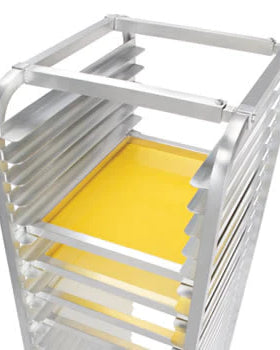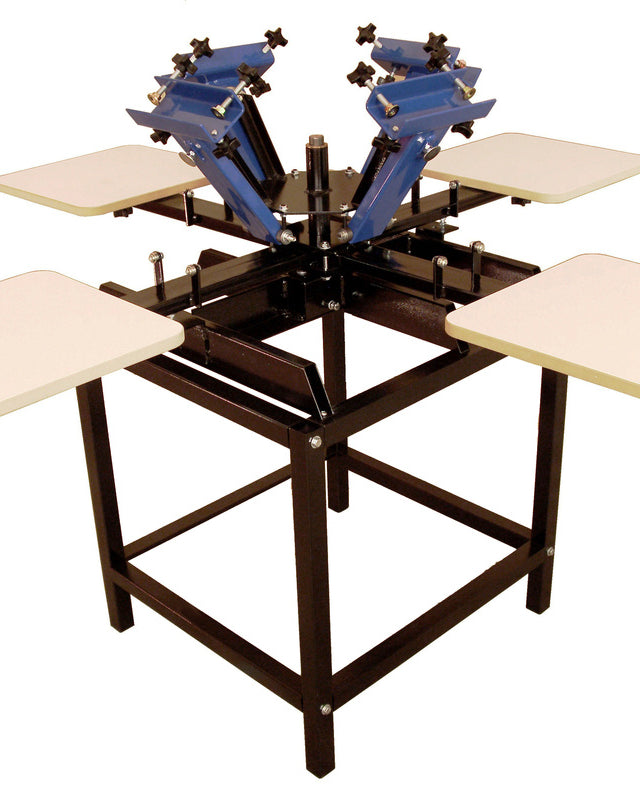Introduction
In the world of screen printing, precision and quality are paramount. One often-overlooked yet critical factor that significantly influences the outcome of your prints is the choice of light source. In this comprehensive guide, we will shed light on the crucial role that light sources play in the screen printing process. From understanding the various types of light sources to choosing the right one for your specific needs, we'll cover it all.
The Role of Light Sources in Screen Printing
Before delving into the types of light sources, let's first grasp their fundamental role in the screen printing process. At its core, screen printing relies on the exposure and curing of inks. The right light source ensures that this crucial phase is executed flawlessly, resulting in sharp and vibrant prints.
Types of Light Sources
There are several types of light sources commonly used in screen printing, each with its own set of advantages and considerations. Let's explore the three primary categories:
Halogen Light Sources
Halogen light sources are a popular choice among screen printers. They emit a broad spectrum of light, which is essential for exposing screens accurately. The consistent and even light distribution makes them reliable for various screen printing applications.
Fluorescent Light Sources
Fluorescent light sources offer a cost-effective solution for screen printing. They are energy-efficient and produce minimal heat. However, achieving precise exposure times can be challenging with fluorescent lights, making them better suited for certain projects.
UV Light Sources
UV light sources have gained popularity for their rapid curing capabilities. They are particularly useful for printing on materials that require quick drying times. UV light sources contribute to improved print quality and overall efficiency.
Choosing the Right Light Source
Selecting the appropriate light source for your screen printing setup is crucial. Consider the following factors when making your decision:
1. Emulsion and Ink Compatibility
Different emulsions and inks have varying sensitivities to light. Ensure that your chosen light source aligns with the requirements of your materials. For example, some emulsions are optimized for UV exposure.
2. Output Intensity
The intensity of the light source affects exposure times. Higher-output lights may shorten exposure times, but they can also increase the risk of overexposure if not controlled properly.
3. Screen Size and Thickness
The size and thickness of your screens should be taken into account. Larger screens may require more powerful light sources, while thinner screens may need less intensity.
4. Budget Considerations
Budget constraints are a reality for many screen printers. Balance the features and performance of the light source with your budget limitations.
Halogen Light Sources
Halogen light sources are a reliable choice for many screen printers. They provide consistent and even lighting, which is essential for accurate exposure. These lights are suitable for a wide range of screen printing projects.
Fluorescent Light Sources
Fluorescent light sources are known for their energy efficiency and low heat emission. They are ideal for eco-conscious printers and projects where heat management is critical. However, achieving precise exposure times can be challenging due to variations in fluorescent light output.
UV Light Sources
UV light sources have revolutionized the screen printing industry. Their ability to cure inks rapidly has led to faster production times and improved print quality. UV lights are particularly advantageous for projects that require quick turnaround.
Setting Up Your Light Source
Once you've chosen the right light source for your needs, it's essential to set it up correctly. Follow these steps to ensure optimal performance:
1. Proper Positioning
Position the light source at the appropriate distance from the screen to achieve the desired exposure time. Refer to the manufacturer's guidelines for recommended distances.
2. Consistent Alignment
Ensure that the light source is aligned consistently across the entire screen. Uneven exposure can result in print imperfections.
3. Timer and Controls
Use a timer or controls provided with the light source to maintain precise exposure times. Accurate timing is crucial for achieving the desired level of detail in your prints.
Maintaining Light Sources
Regular maintenance is key to prolonging the lifespan and performance of your light source. Here are some tips to keep your light source in top condition:
1. Cleaning
Clean the light source's bulbs and reflectors regularly to remove dust and dirt that can affect light output.
2. Bulb Replacement
Monitor the lifespan of the bulbs, and replace them as needed. Worn-out bulbs can lead to inconsistent exposure.
3. Cooling Systems
If your light source has cooling fans or systems, ensure they are functioning correctly to prevent overheating.
Troubleshooting Light Source Issues
Despite careful maintenance, issues with light sources can occasionally arise. Here are some common problems you might encounter and how to troubleshoot them:
1. Uneven Exposure
Issue: If you notice uneven exposure across your screen, it can result in blotchy prints.
Solution: Check the positioning and alignment of your light source. Make sure it's evenly distributed across the screen. If necessary, adjust the distance between the light source and the screen to achieve consistent exposure.
2. Overexposure or Underexposure
Issue: Prints that appear overexposed (too dark) or underexposed (too light) can be frustrating.
Solution: Review your exposure times and ensure they are accurate. Double-check the compatibility of your emulsion and ink with the light source you're using. If problems persist, consider conducting exposure tests to fine-tune the settings.
3. Flickering Lights
Issue: Flickering or inconsistent light can disrupt the exposure process.
Solution: Inspect the bulbs and connections for any loose wires or damaged components. If you find any issues, replace or repair them promptly. Flickering lights can lead to unreliable results.
Innovations in Screen Printing Light Sources
The world of screen printing is continually evolving, and so are the technologies behind light sources. One significant innovation in recent years has been the adoption of LED (Light Emitting Diode) light sources. LED lights offer several advantages:
- Energy Efficiency: LED lights are highly energy-efficient, reducing electricity costs and environmental impact.
- Longevity: LED bulbs have a longer lifespan compared to traditional bulbs, reducing maintenance and replacement expenses.
- Instant On/Off: LED lights can be turned on and off instantly, eliminating warm-up time and increasing productivity.
- Customization: Some LED light sources allow you to adjust the light's color temperature and intensity, offering greater control over the exposure process.
Safety Precautions
While harnessing the power of light sources for screen printing is essential, it's equally crucial to prioritize safety:
- Eye Protection: Always wear protective eyewear when working with UV light sources. Prolonged exposure to UV rays can harm your eyes.
- Skin Protection: UV light can also affect your skin. Use appropriate clothing and sunscreen when handling UV light sources.
- Ventilation: Ensure proper ventilation in your workspace to dissipate heat generated by halogen or fluorescent lights.
Case Studies
To illustrate the impact of choosing the right light source, let's delve into a couple of real-world examples:
Case Study 1: T-Shirt Printing Studio
A small t-shirt printing studio was struggling with inconsistent print quality and long curing times. After switching to UV light sources, they experienced a significant improvement in both print quality and production speed. The ability to cure inks rapidly allowed them to fulfill orders more efficiently, leading to increased customer satisfaction and business growth.
Case Study 2: Poster Printing Business
A poster printing business opted for energy-efficient fluorescent light sources to reduce operational costs. While they achieved lower electricity bills, they had to fine-tune their exposure times to overcome variations in light intensity. With the right adjustments, they maintained high-quality prints while enjoying cost savings.
Conclusion
In the world of screen printing, the choice of light source is far from trivial. It can make or break the quality and efficiency of your projects. Whether you opt for halogen, fluorescent, or UV light sources, understanding their characteristics and aligning them with your specific needs is crucial. Regular maintenance and troubleshooting are also essential for consistent results.
By staying updated with the latest innovations and adhering to safety precautions, you can harness the full potential of screen printing light sources to achieve stunning prints that captivate your audience.
FAQs (Frequently Asked Questions)
1. Can I use any light source for screen printing, or are there specific requirements?
While you have some flexibility, it's essential to choose a light source compatible with your emulsion and ink. Different materials have varying sensitivities to light, so selecting the right light source is critical for optimal results.
2. How often should I replace the bulbs in my light source?
The frequency of bulb replacement depends on the type of light source and its usage. It's advisable to monitor the bulbs regularly and replace them when they show signs of dimming or flickering to maintain consistent exposure.
3. What safety measures should I take when working with UV light sources?
When working with UV light sources, always wear protective eyewear to shield your eyes from harmful UV rays. Additionally, protect your skin with appropriate clothing and sunscreen to prevent UV-related skin damage.
4. Are LED light sources suitable for all screen printing applications?
LED light sources offer energy efficiency and versatility, making them suitable for many screen printing applications. However, the specific requirements of your project and the type of inks and emulsions used may influence your choice of light source.
5. How can I troubleshoot uneven exposure issues with my light source?
To troubleshoot uneven exposure, ensure that your light source is properly positioned and aligned with the screen. Adjust the distance between the light source and the screen if necessary. Conduct exposure tests to fine-tune your settings and achieve consistent results.

